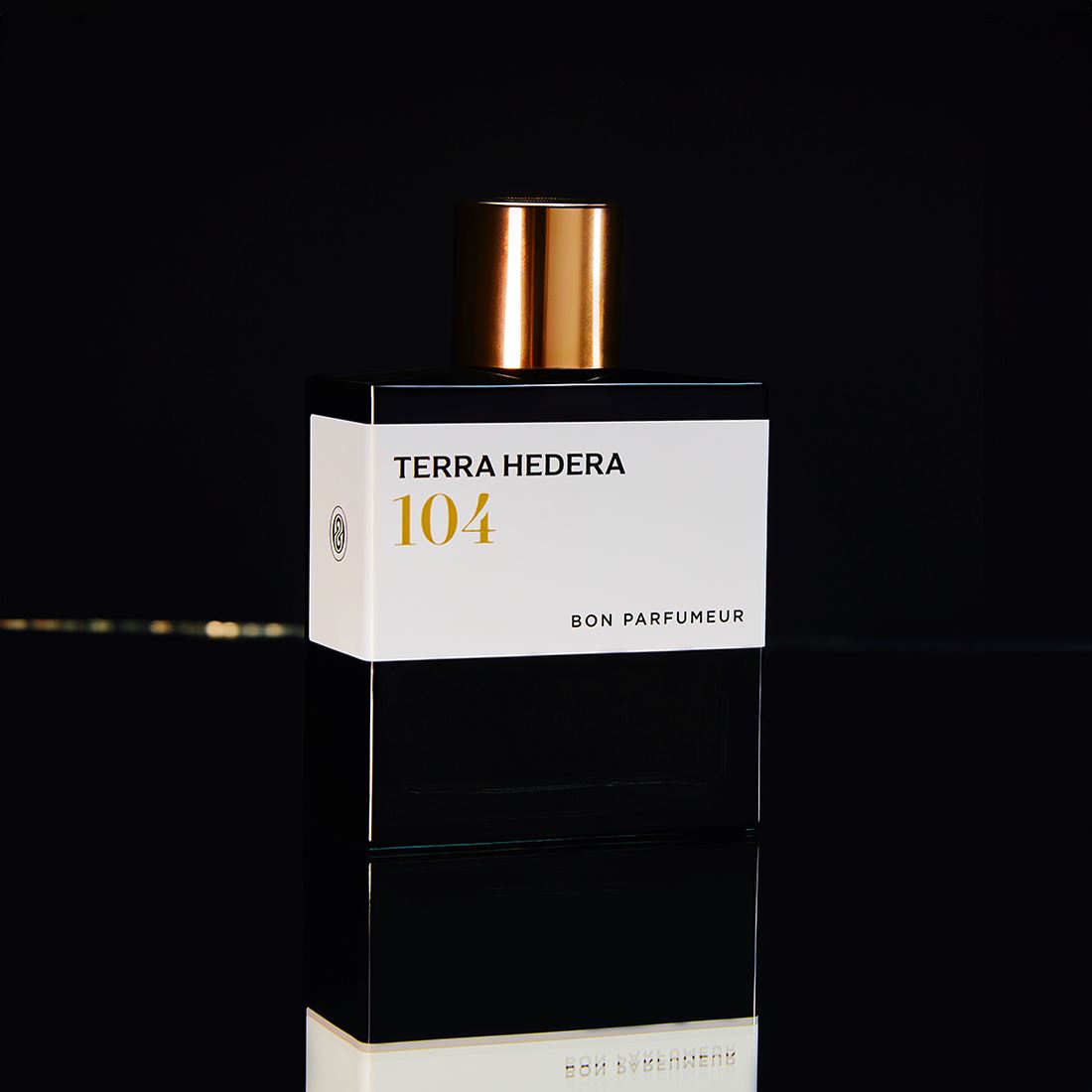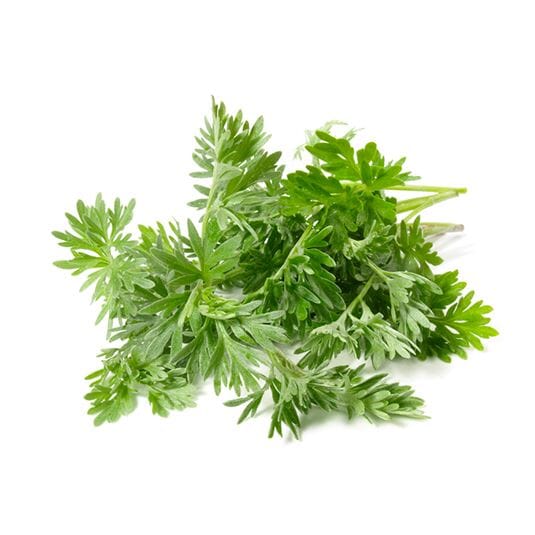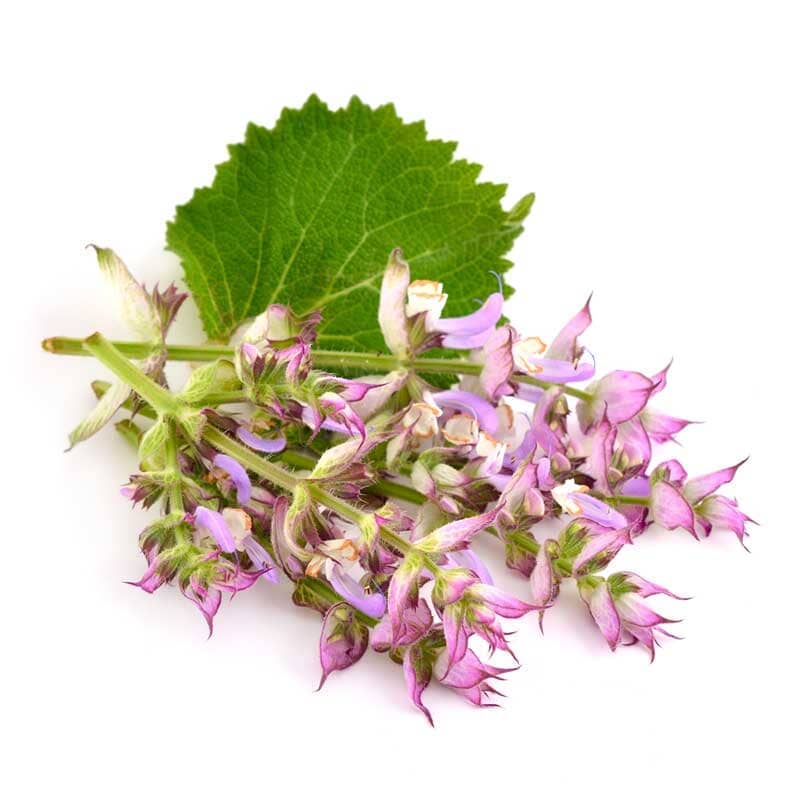Good Perfumer X Orange
Bon Parfumeur is a company that offers products 100% made in France. Although we don't yet offer an orange fragrance, we do have one with a green orange scent. a primitive form of citrus fruit.
This is the eau de parfum 104 with green orange, hyacinth, and ivy. A great vegetal freshness, like the scent of a vacation home covered in ivy. The lively character of green orange is then softened by touches of jasmine and hyacinth. These flowers give the creation a green and watery effect. A racy and rich fragrance that ends with the trio: patchouli, amber, and vetiver.
What does the word orange mean?
The orange gets its name from the Persian word " narang ," which was transmitted through various languages to arrive at its current name in many European languages. The etymology of this term, in turn, derives from the Sanskrit " naranga ."
This name reflects the long history and cultural exchanges associated with this juicy and fragrant fruit. As a symbol of vitality and wealth, the orange has conquered palates and imaginations throughout the centuries, spreading from East to West to become one of the most beloved and well-known fruits throughout the world.
In the beginning…
The history of the orange dates back thousands of years. Native to eastern Asia, this citrus fruit was cultivated in China as early as 2500 BC before spreading to India, Persia, and finally the Mediterranean thanks to the conquests of Alexander the Great. The Romans played a crucial role in the spread of the orange throughout Europe, introducing its cultivation to their vast territories. Over the centuries, the orange became a symbol of wealth, prestige, and exoticism, sought after for its delicious taste and medicinal properties. Its trade intensified during the Great Discoveries, when Portuguese and Spanish navigators introduced it to the Americas and other parts of the world. Today, the orange is one of the most popular and widespread fruits, offering an explosion of flavor and vitamins in many countries around the globe.
The orange originated in Southeast Asia, where wild varieties have been cultivated for millennia. Its closest ancestor is Citrus maxima, also known as the pomelo. Over time, natural hybridization between different citrus species gave rise to the orange as we know it today. Its historical journey dates back to ancient China, where it was cultivated for nearly 4,000 years. From there, it was introduced to India, Persia, and the Mediterranean basin, gradually spreading across continents thanks to explorers and trade.
Orange cultivation
Oranges are primarily grown in regions with Mediterranean, subtropical, and tropical climates. Orange trees require abundant sunlight, well-drained soil, and regular watering. They are usually planted from seed or grafted onto suitable rootstocks. Pruning trees and managing pests and diseases are essential to ensure good production. Oranges are harvested when ripe, usually by hand, and can be stored or sold immediately to enjoy their freshness.
Oranges are grown in many parts of the world , primarily in areas with Mediterranean, subtropical, and tropical climates. The main orange-producing countries include Brazil, the United States (especially Florida and California), India, Mexico, Spain, Italy, China, Egypt, and Turkey. These regions benefit from favorable climatic conditions, with mild winters and warm summers, allowing orange trees to thrive and produce quality fruit. These countries are major producers both for local consumption and for export to other parts of the world where oranges are in high demand.
The orange planting process usually begins with selecting suitable rootstocks, which are orange plants resistant to specific diseases and environmental conditions. Orange seeds or grafts are then planted in nurseries for plant propagation. After an initial growth period, the plants are transferred to orchards where the soil should be well-drained and fertile. The trees are spaced adequately to allow good air circulation and easy harvesting. Regular care includes adequate irrigation, fertilization, pruning to maintain a proper shape, and pest and disease control. Oranges can be harvested 3 to 5 years after planting, depending on the variety.
The orange development process begins with the flowering of the trees, usually in spring. The fragrant white flowers turn into small green fruits, which develop and ripen over time. During this time, the trees require regular watering to ensure proper fruit growth. As the oranges ripen, their color changes from green to bright yellow or orange, depending on the variety. Oranges can take several months to ripen, and harvesting takes place when the fruits have reached their optimal size, color, and flavor. The oranges are then hand-harvested to minimize damage and are ready to be enjoyed.
The orange harvesting process generally takes place when the fruit has reached maturity. The oranges are picked by hand to avoid damage. The oranges are then gently detached from the tree and carefully placed in baskets or harvest bags. Once the oranges are harvested, they are sorted to remove damaged or poor-quality fruit. The quality oranges are then packed and prepared for transport to local markets or for export. Timely harvesting is essential to preserve the freshness and flavor of the oranges, so they can be enjoyed at their best.
What did you know about orange in perfumery?
The process of processing and transforming oranges into perfumery begins with the extraction of the essential oil from their peel. Oranges are generally harvested when ripe, then their peels are carefully separated from the pulp. The peels are then pressed or distilled to extract the orange essential oil, which contains the valuable aromatic compounds. This essential oil is then filtered and purified to remove impurities. Once obtained, orange essential oil can be used in the composition of perfumes, personal care products, and household products, providing its characteristic fresh and citrus notes. It can also be used as a base ingredient for the creation of new fragrances in perfumery. It can be used in perfumes to provide fresh and citrus notes, as well as in personal care products and other products to give them a lively and energizing fragrance.
Orange offers a dynamic and refreshing olfactory profile , characterized by its bright and fruity notes. At first, its zest releases a lively and sparkling fragrance, with energetic citrus accents and a slightly tangy hint. Then, the sweet and juicy nuances of its pulp are revealed, bringing a gourmand sweetness to the olfactory composition. Orange also exudes delicate floral facets, evoking white flowers and fresh petals. Its scent evokes a feeling of vitality and lightness, recalling sunny days and moments of joy. Overall, orange offers a pleasant, dynamic, and sunny olfactory experience, which brings a lively and invigorating touch to perfume compositions.
Orange is widely used in perfumery for its refreshing and invigorating olfactory properties . Orange essential oil, extracted from its peel, is prized for its bright, sunny citrus notes that bring a dynamic dimension to fragrance compositions. Its scent evokes freshness, vitality, and joie de vivre. Orange is often used to create fruity accords, sparkling notes, and gourmand touches in perfumes, body lotions, and bath products. It can be used alone or combined with other ingredients to bring an energizing dimension and a sunny character to a wide range of fragrance creations.
The orange olfactory accord is a true ray of sunshine in the world of perfumery. Its sparkling and invigorating essence brings a pleasant freshness and a fruity note to fragrance compositions. Orange evokes vitality, energy, and joie de vivre. Whether sweet or juicy orange, its luminous scent adds a touch of dynamism and luminosity to fragrances. Whether as a top note, providing an initial burst of brightness, or as a deeper, more sustained accord, orange offers a refreshing and sunny dimension, often evoking sun-drenched Mediterranean landscapes and relaxing moments under citrus trees.
Good to know!
Oranges are packed with health benefits and virtues. They are rich in vitamin C, which strengthens the immune system and helps fight infections. Thanks to their fiber content, they aid digestion and prevent constipation. The antioxidants in oranges help neutralize free radicals, reducing the risk of chronic diseases. Additionally, their vitamin A content is beneficial for eye health. Oranges also contain anti-inflammatory compounds, which can help reduce joint pain. Finally, their moisturizing and revitalizing properties make them an ally for skin health, helping to maintain a radiant and healthy appearance.
I
Thus, the orange offers a multitude of uses in various fields. Culinary, it is eaten fresh, pressed into juice, used to flavor sweet and savory dishes, or even transformed into jams, marmalades, and desserts. In cosmetics, orange is used for its revitalizing and invigorating properties in skin care products, such as lotions, creams, and masks. Orange essential oil is also used in perfumery to create fresh, citrus fragrances. Furthermore, orange is used in the household products industry, such as cleaners, air fresheners, and home care products, due to its fresh scent and antimicrobial properties. Finally, orange is often used for decorative purposes at festivals and events, bringing a touch of color and freshness to different arrangements and presentations.
Some legendary orange flavors...
• Orange Soleia is a fragrance by the French perfume house Guerlain , released in 2019. This creation is part of the Aqua Allegoria collection , which focuses on fresh and light fragrances inspired by nature.
In Orange Soleia , orange is the central protagonist, bringing a radiant freshness to the composition. The fragrance opens with notes of sparkling blood orange and bitter orange, which instantly give a feeling of vitality and cheerfulness. Then, the heart reveals floral accords of jasmine and neroli, which reinforce the luminous dimension of the whole. Finally, the fragrance rests on a base of cedarwood and musk, offering a touch of softness and hold.
This is a fresh and sunny fragrance, ideal for warm days. It captures the bright and joyful spirit of orange, while giving it an elegant and sophisticated touch, Guerlain's signature.
• Orange Santal is a fragrance from the French brand Essential Parfums , launched in 2019. As its name suggests, this fragrance features a harmonious combination of orange and sandalwood.
In Orange Santal , orange provides a lively and sparkling opening. Notes of sweet and bitter orange intermingle to create a sensation that is both fresh and sweet. The heart then reveals delicate floral accords of orange blossom, while sandalwood gains momentum, adding a woody and creamy dimension to the fragrance. The scent finally melts into a warm trail of vanilla and musk.
It's a captivating and comforting fragrance that skillfully blends the freshness of orange with the enveloping softness of sandalwood. It's a fragrance that brings a feeling of well-being and cocooning.
• Green Orange Water is a creation of the French luxury house Hermès , released in 1979. This fragrance was designed by perfumer Françoise Caron.
As its name suggests, Eau d'Orange Verte features green orange, which lends a unique and vibrant freshness to the composition. Notes of orange and lime are combined with hints of mandarin and mint, creating an energizing and refreshing opening. The heart reveals floral accords of jasmine and neroli, while the base consists of patchouli and oakwood, adding an earthy and sophisticated dimension.
It is an iconic and classic fragrance that has remained popular since its creation. It offers a revitalizing olfactory experience, ideal for lovers of citrus and citrus fragrances.












